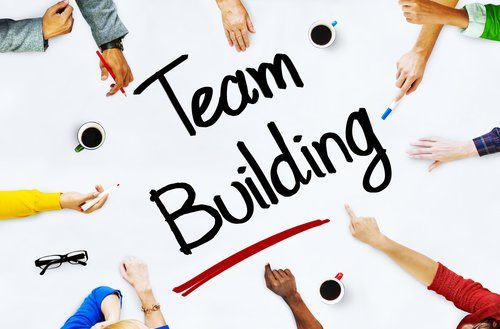
Conflict is an inevitable aspect of teamwork, arising from differences in perspectives, priorities, and personalities. However, when managed effectively, conflict can serve as a catalyst for growth, innovation, and stronger relationships within teams. In this article, we’ll explore the importance of navigating conflict in team dynamics, examine the impact of unresolved E&T Limited conflict on team performance, and provide practical strategies for building resilient teams through conflict resolution.
- Understanding Conflict in Team Dynamics: Conflict in team dynamics refers to disagreements, tensions, or clashes that arise among team members due to differing opinions, goals, or values. Conflict can manifest in various forms, including:a. Task Conflict: Disagreements related to work tasks, processes, or goals, such as differing opinions on project timelines or approaches.b. Relationship Conflict: Personal conflicts or interpersonal tensions that arise from differences in communication styles, personalities, or values.c. Process Conflict: Disputes over decision-making processes, roles, responsibilities, or resource allocation within the team.
- The Impact of Unresolved Conflict on Team Performance: Unresolved conflict can have detrimental effects on team performance and cohesion, including:a. Decreased Productivity: Conflict can distract team members from their tasks, disrupt workflow, and impede progress on projects, leading to decreased productivity and efficiency.b. Damaged Relationships: Unresolved conflict can strain relationships, erode trust, and create resentment among team members, hindering collaboration and teamwork.c. Increased Stress and Turnover: Persistent conflict can create a toxic work environment characterized by stress, anxiety, and burnout, leading to higher turnover rates and decreased morale among team members.d. Missed Opportunities for Innovation: Conflict can stifle creativity, innovation, and problem-solving by limiting open communication and collaboration within the team.
- Strategies for Building Resilient Teams Through Conflict Resolution:a. Foster Open Communication: Encourage open and honest communication within the team, creating a safe space where team members feel comfortable expressing their opinions, concerns, and perspectives.b. Practice Active Listening: Cultivate active listening skills among team members, ensuring that everyone feels heard, understood, and valued during discussions or conflicts.c. Address Conflict Early: Proactively address conflicts as soon as they arise, before they escalate into larger issues that are more difficult to resolve. Encourage team members to address conflicts directly and constructively.d. Use Collaborative Problem-Solving: Encourage collaborative problem-solving approaches that focus on finding mutually beneficial solutions to conflicts, rather than assigning blame or seeking to win arguments.e. Seek Mediation or Facilitation: In cases of significant or persistent conflict, consider seeking mediation or facilitation from a neutral third party, such as a manager, HR professional, or external mediator, to help facilitate constructive dialogue and resolution.f. Establish Clear Processes and Norms: Define clear processes and norms for addressing conflicts within the team, including guidelines for communication, decision-making, and conflict resolution.g. Encourage Empathy and Perspective-Taking: Foster empathy and perspective-taking among team members, encouraging them to consider the feelings, motivations, and perspectives of others when navigating conflicts.
- Real-Life Examples of Successful Conflict Resolution:a. Company X implemented a Conflict Resolution Workshop where team members learned effective communication skills, conflict management strategies, and techniques for de-escalating tensions. The workshop helped create a culture of open communication and constructive conflict resolution within the team.b. Team Y established a Conflict Resolution Protocol that outlined clear steps for addressing conflicts, including an initial discussion between the parties involved, followed by mediation from a designated team member or manager if necessary. The protocol helped streamline the conflict resolution process and prevent conflicts from escalating.c. Department Z implemented a Peer Mediation Program where trained team members served as mediators to help resolve conflicts between their colleagues. The program provided a confidential and informal avenue for addressing conflicts, leading to quicker resolution and improved relationships within the team.
Conclusion: Conflict is a natural and inevitable aspect of teamwork, but it doesn’t have to be destructive. By proactively addressing conflicts, fostering open communication, and practicing collaborative problem-solving, teams can transform conflicts into opportunities for growth, learning, and stronger relationships. By building resilience through conflict resolution, teams can navigate challenges more effectively, maintain cohesion, and achieve greater success in pursuit of their goals. Remember, conflict resolution is not about avoiding conflict altogether, but rather about managing it constructively and leveraging it as a catalyst for positive change within the team.